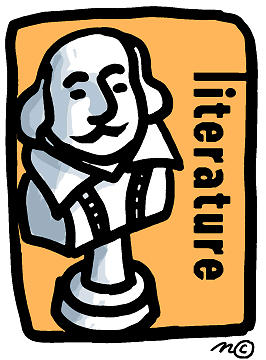Mary Shelley's biography
Born August 30, 1797, in London, England, Mary Shelley came from a rich literary heritage. She was the daughter of William Godwin, a political theorist, novelist, and publisher who introduced her to eminent intellectuals and encouraged her youthful efforts as a writer; and of Mary Wollstonecraft, a writer and early feminist thinker, who died of puerperal fever 10 days after her daughter's birth.
In her childhood, Mary Shelley educated herself amongst her father's intellectual circle, which included critic William Hazlitt, essayist Charles Lamb and poet Samuel Taylor Coleridge. Another prominent intellectual in Godwin's circle was poet Percy Bysshe Shelley. Mary met Percy Shelley in 1812, when she was fifteen. Shelley was married at the time, but the two spent the summer of 1814 traveling together. A baby girl was born prematurely to the couple in February, 1815, and died twelve days later. In her journal of March 19, 1815, Mary recorded the following dream, a possible inspiration for Frankenstein: "Dream that my little baby came to life again - that it had only been cold & that we rubbed it before the fire & it lived." A son, William, was born to the couple in January, 1816.
More info: Mary Shelley's biography
Frankenstein
 |
Mary Shelley made an anonymous but powerful debut into the world of literature when Frankenstein, or The Modern Prometheus was published in March, 1818. She was only nineteen when she began writing her story. She and her husband, poet Percy Bysshe Shelley, were visiting poet Lord Byron at Lake Geneva in Switzerland when Byron challenged each of his guests to write a ghost story. Settled around Byron's fireplace in June 1816, the intimate group of intellectuals had their imaginations and the stormy weather as the stimulus and inspiration for ghoulish visions. A few nights later Mary Shelley imagined the "hideous phantasm of man" who became the confused yet deeply sensitive creature in Frankenstein. She once said, "My dreams were at once more fantastic and agreeable than my writings." While many stage, television, and film adaptations of Frankenstein have simplified the complexity of the intellectual and emotional responses of Victor Frankenstein and his creature to their world, the novel still endures. Its lasting power can be seen in the range of reactions explored by various literary critics and over ninety dramatizations.
ACTIVITY


